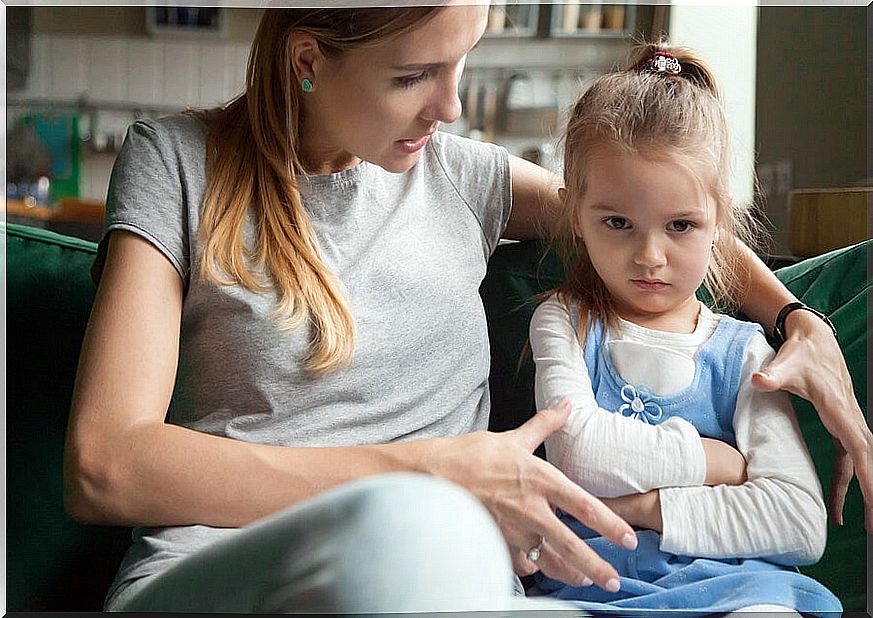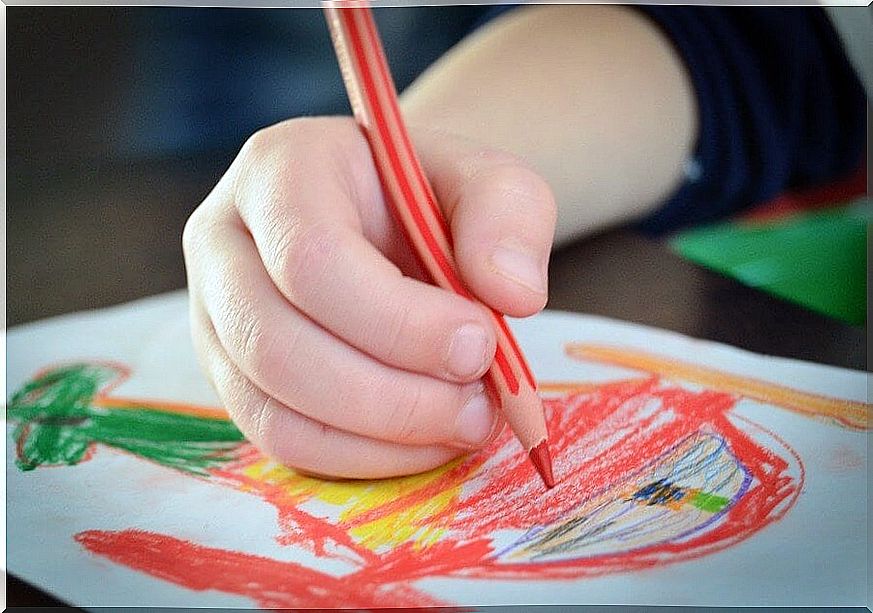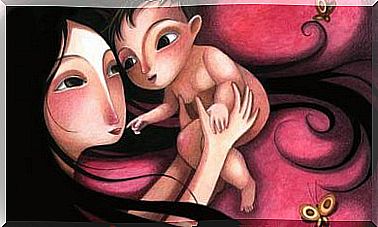How To Help Children Channel Anger?

As adults we realize how beneficial it is to maintain emotional balance in all areas of our lives, but when did we learn this? Now that we are parents, we can appreciate the importance of giving children, from childhood, the necessary tools so that they learn to manage their emotions and, above all, channel anger in the best possible way.
What is anger?
Anger is an internal force that springs up, as if it were a volcano, and that serves to respond to situations that we do not like. It is classified as one of the primary emotions in human beings and we need it to realize that something is bothering us. This is thanks to its internal manifestations, that is, the increase in adrenaline and blood pressure makes us realize that something is not right.
The child feels these sensations internally and if he does not know how to manage them, his way of expressing it will be to yell, break things, insult, slam doors … then, how can we help our children to channel this emotion?

Guidelines to Help Children Channel Anger
As you may have seen on occasion, saying “don’t yell”, “don’t hit” or “don’t cry” does not work with expressions of anger. So we must consider a different strategy.
- Keep calm. We are a mirror for our children, and if we are not able to control ourselves when we get angry, how are they going to learn a model of serenity? When faced with an attack of anger, it is essential to speak to them in a low but firm tone, since if our response is aggressive, the child will most likely respond even more furiously.
- Do not allow violent attitudes under any circumstances: breaking objects, hitting us, self-harm, yelling or insults. We respect emotion, but we will not respect any expression of it. We must be clear about what we are not going to tolerate, and set a clear limit when they occur.

- Accompany you in emotion. Your child does not know how to manage that unpleasant emotion that he is experiencing. Whether it’s fear, anger, or frustration, their only way of expressing them is through anger on many occasions. We can calm him down and try to lower the intensity of the emotion by suggesting that he go to his room for a few minutes, and simply sit next to him until he calms down.
- Help you recognize the feeling of anger. Once the storm has passed, it is time to talk about what has happened, that the child has the opportunity to reflect on why they have reacted in this way and how they feel afterwards.
- Offer you alternatives to express anger. It is normal to feel angry at times, but we must have other resources to vent. Give him the opportunity to talk about it, teach him some basic relaxation technique, encourage him to draw what he has felt, and also teach him to find solutions to the “problem” or situation that has caused the anger.
- Praise post-attack behavior. Praise the child when he regains his composure and when he expresses his feelings verbally and calmly.
- Use warning systems. Many times the explosions come without the children realizing that they are getting angry. If we give them a warning when we begin to see the first manifestations of anger such as restlessness or muscle tension, we will help them to identify them. One of them is the traffic light technique.
- Help you find activities that are incompatible with stress. Sports or relaxation techniques such as yoga or mindfulness contribute to a feeling of well-being contrary to that generated by the feeling of anger.

In conclusion
Emotional self-regulation is a long maturational process that, as parents, we must guide. This is not an overnight issue. We must endeavor to help them on this path in a loving but firm way. After all, if they do not learn to properly self-regulate and express their emotions in an accurate way, they can have various problems throughout their lives.
Certainly, for some children it is easier to manage their emotions, while for others it is somewhat less. Everyone has their own rhythm and it must be taken into account that, not because a child seems to not have too many difficulties, it does not mean that they do not need a certain guide. In short, to companionship is a key attitude.










